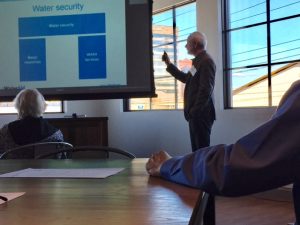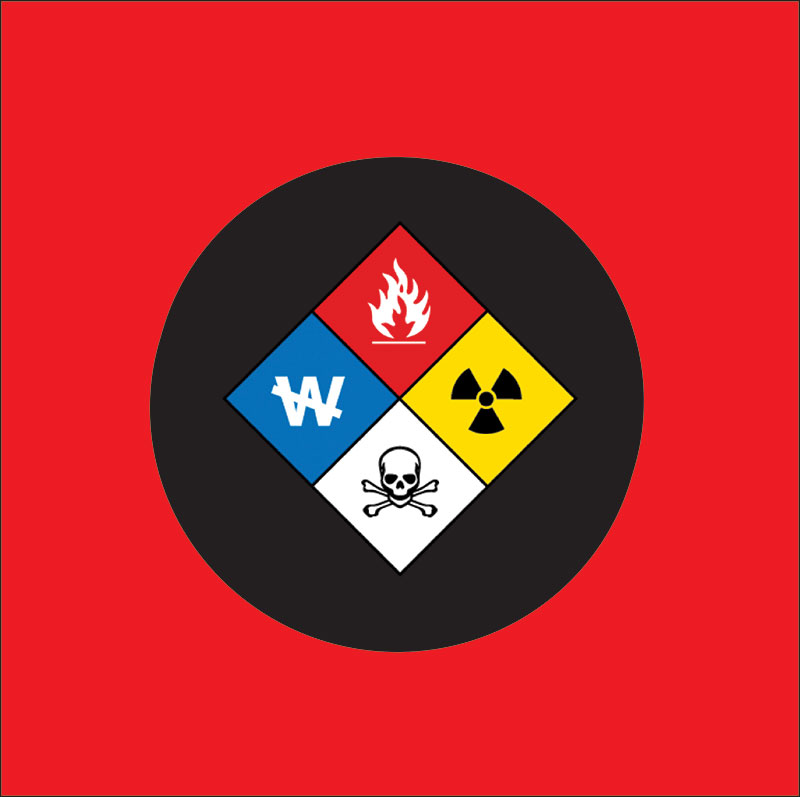When conducting a Phase I Environmental Site Assessment for a property transaction, it’s important to understand what your client wants to do with the property. A solid grasp on their project and objectives can go a long way in identifying all environmental due diligence topics that may apply. Many people don’t realize there are Out-of-Scope topics not covered by the Phase I Assessment reporting standard, and if overlooked, they could present environmental liability issues to a prospective purchaser. These include:
• Wetlands – For properties undergoing development, assessment is ESSENTIAL. Regulated federally by the Army Corp of Engineers and by IDEM in Indiana.
• Mold – Can pose health concerns. No state or federal regulations on mold assessment in Indiana but guidelines are in place by several trade associations.
• Asbestos – Can pose health concerns and can be costly to abate. Regulated by EPA federally and IDEM in Indiana.
• Lead Paint – Can pose health concerns and might apply to any project involving painted surfaces: multi-family residential, child care, bridge repairs, and commercial structures. Regulations vary by project.
• Environmental Compliance – Is the business following all federal, state, and local environmental laws and regulations? Could be relating to permitting, reporting, waste disposal, etc.
• Air Quality – Can pose health concerns. In addition to vapor intrusion (covered by the Phase I standard) indoor air quality from an indoor source may be a concern. Regulations may include OSHA, but vary by source.
If you are hiring an environmental consultant to conduct due diligence investigations at a commercial or industrial property, be sure to discuss your specific needs and not assume that all topics will be covered in a Phase I Assessment report. Communication is the key to success!





